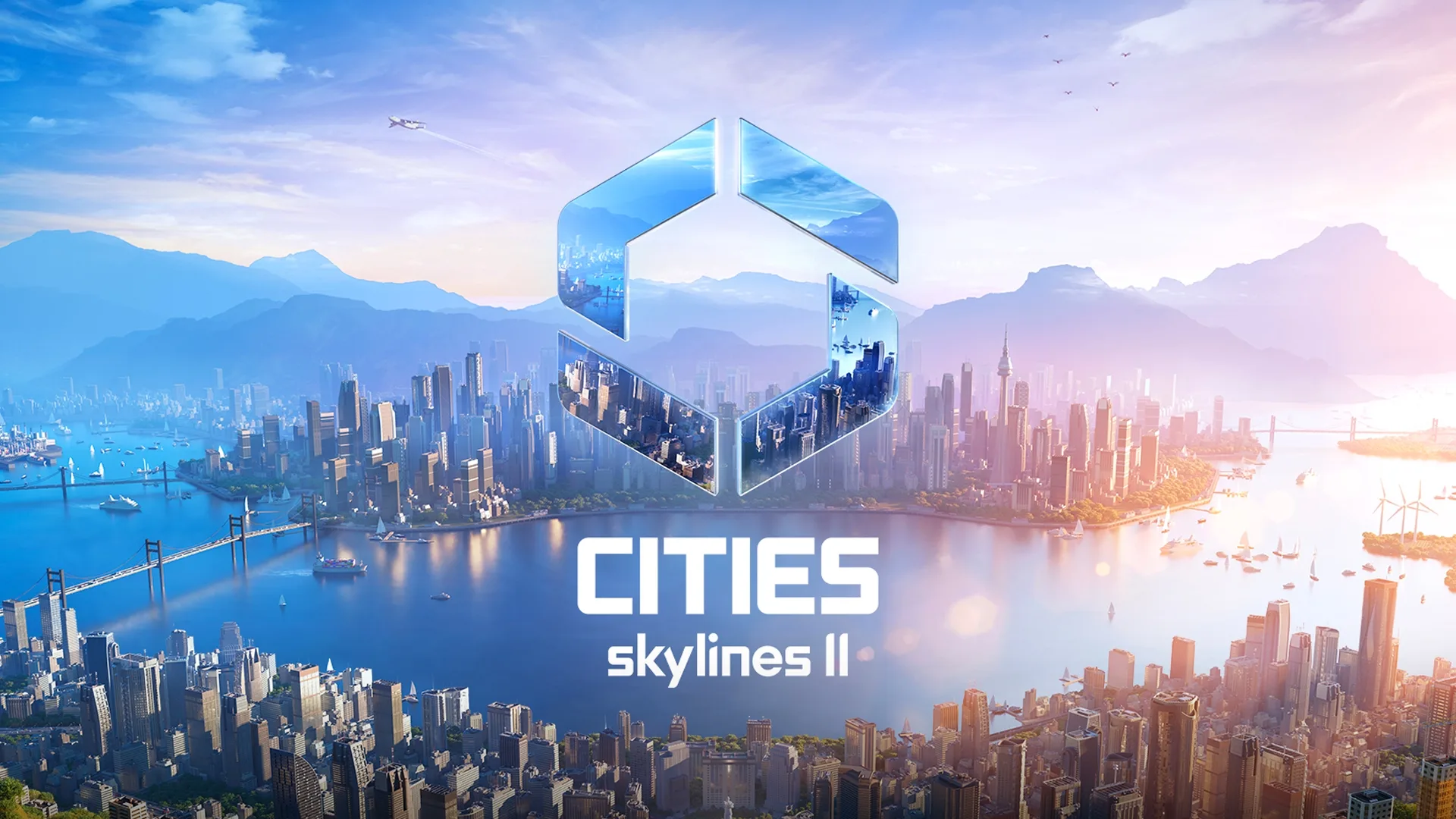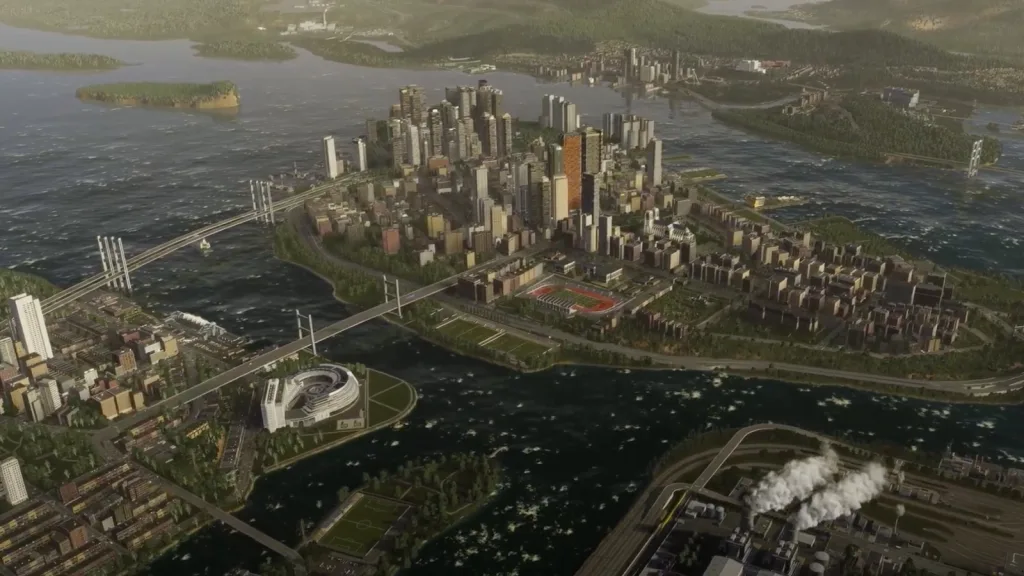
Cities: Skylines 2 – A Comprehensive Guide
Cities: Skylines 2, developed by Colossal Order and published by Paradox Interactive, is the highly anticipated sequel to the original Cities: Skylines. Released in October 2023, this city-building simulation game pushes the boundaries of creativity, realism, and strategy for players around the world. Let’s delve into its features, gameplay mechanics, and innovations.
Enhanced Gameplay Mechanics
The core of Cities: Skylines 2 lies in its refined gameplay mechanics, offering players unparalleled control over urban planning. The game introduces intricate tools for managing infrastructure, resources, and citizen satisfaction, ensuring a rewarding experience for players who seek realism and challenge.
Unlike its predecessor, Cities: Skylines 2 features a more responsive simulation engine, allowing for detailed interactions between various city systems. For example, traffic management has been significantly improved, with new AI systems that simulate realistic vehicle behaviour. This ensures that traffic congestion, a common challenge in city-building games, can now be tackled with strategic precision.
Additionally, resource management has been taken to the next level. Players must carefully balance energy production, water supply, and waste management to maintain a sustainable city. The introduction of renewable energy sources, such as wind and solar power, provides eco-conscious players with new ways to build greener urban environments.
Dynamic Weather and Seasons
One of the standout features is the introduction of dynamic weather systems and seasons. Players must adapt their strategies to cope with weather changes, such as snow affecting road conditions or summer heat increasing water demand. These elements add depth and immersion to city management.
Seasonal changes also influence economic factors like agriculture and tourism. For instance, winter months may lead to increased energy consumption for heating, while spring can boost agricultural yields. This constant variability keeps players engaged, requiring them to adapt their plans and optimise resources throughout the year.
Furthermore, the dynamic weather system enhances the visual appeal of the game. Watching your city transform under a blanket of snow or during a vibrant spring bloom adds an aesthetic charm, making the gameplay experience even more rewarding.
Advanced Visuals and Customisation
Cities: Skylines 2 boasts a significant upgrade in graphical fidelity, offering breathtaking visuals and a more lifelike city-building experience. From realistic water physics to detailed architectural designs, the game ensures every element contributes to the visual splendour of your metropolis.
With the introduction of ray-tracing technology, the game achieves stunning lighting effects, bringing your city to life in both day and night cycles. The improved rendering engine also allows for larger maps and denser urban areas, giving players more room to expand their creative vision.
Another remarkable feature is the attention to detail in individual structures. From iconic skyscrapers to small suburban houses, every building has unique characteristics. This level of detail ensures that players feel immersed in their creations, as each city has its own distinct personality.
Customisation Tools
With enhanced customisation options, players can personalise everything from building designs to road layouts. The new asset editor enables users to design unique structures and share them with the community, fostering creativity and collaboration.
The modding community plays a significant role in the game’s success. Cities: Skylines 2 provides a robust platform for modders, allowing them to create and distribute custom content seamlessly. This not only enhances replayability but also ensures that players can tailor their gameplay experience to suit their preferences.
Additionally, the game introduces new decoration options, such as parks, statues, and unique landmarks, enabling players to craft visually stunning cities. These elements contribute to the overall satisfaction of citizens, improving happiness and attracting more residents.

Economic and Social Complexity
The economic and social systems in Cities: Skylines 2 are more detailed than ever. Players must balance budgets, manage taxes, and address the needs of diverse citizen groups to ensure a thriving city. The introduction of policies tailored to specific districts further enriches the gameplay experience.
Taxes and budgets now have more dynamic impacts, allowing players to adjust financial strategies based on the city’s growth stage. For example, higher taxes in affluent areas can fund public services in underdeveloped districts. This creates a balance between economic growth and social equity.
Social complexity has also been improved with the addition of citizen life cycles. Players can track the progression of individuals from birth to retirement, observing how their needs and behaviours change over time. This human-centric approach adds a layer of realism and helps players make informed decisions to enhance overall quality of life.
Civic and Cultural Dynamics
Cultural events and civic projects now play a vital role in shaping the identity of a city. Festivals, exhibitions, and sports events boost tourism and citizen morale, providing players with new avenues for revenue and city enrichment.
By engaging with these features, players can create dynamic and responsive urban environments, showcasing their strategic prowess and creativity. Moreover, the game rewards players for fostering inclusivity and sustainability, aligning with modern city-planning principles.
Overall, Cities: Skylines 2 is a testament to the evolving genre of city-building simulations, blending innovative features with the beloved mechanics of its predecessor. Whether you’re a seasoned player or new to the series, this game promises a captivating and enriching experience.


